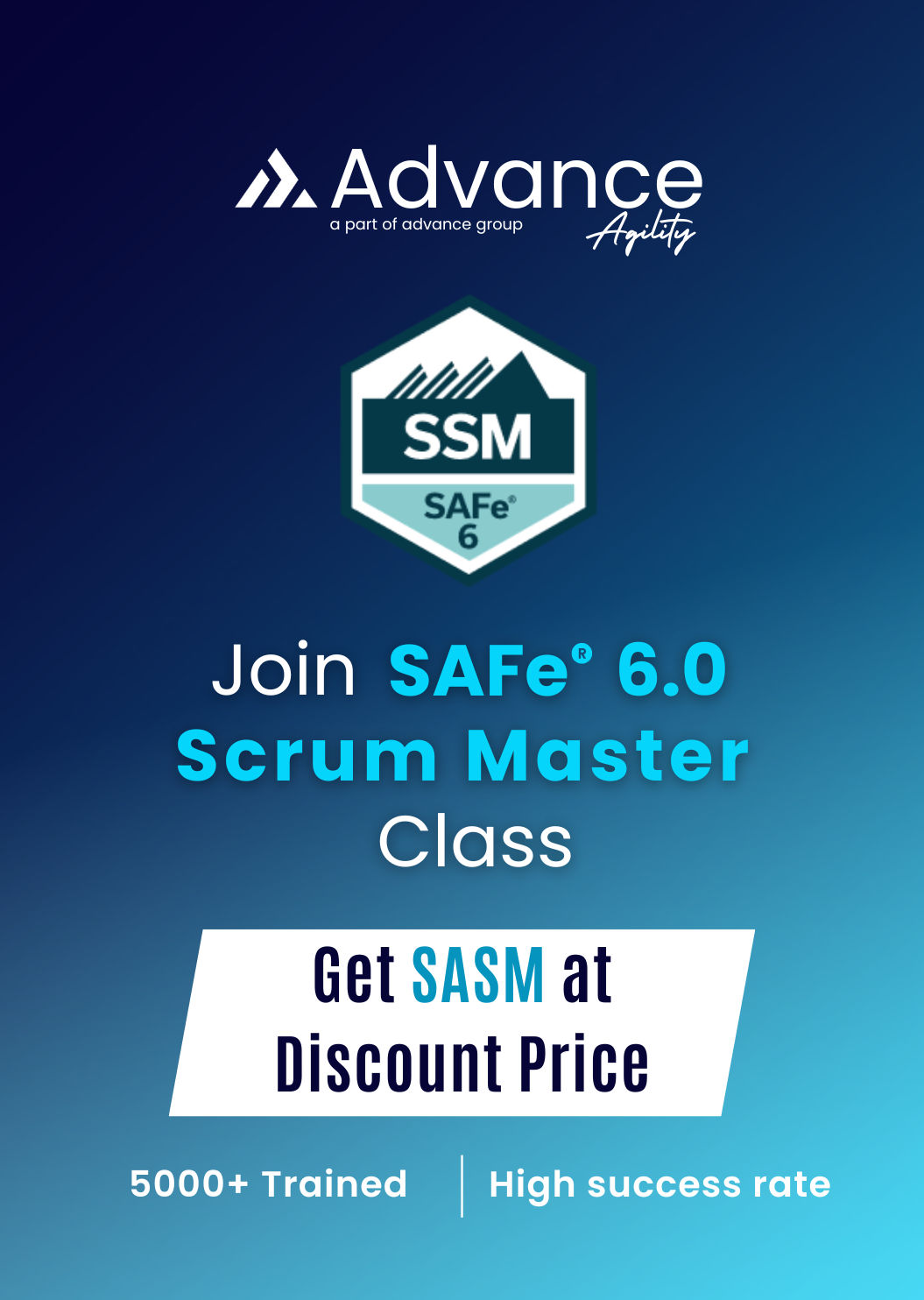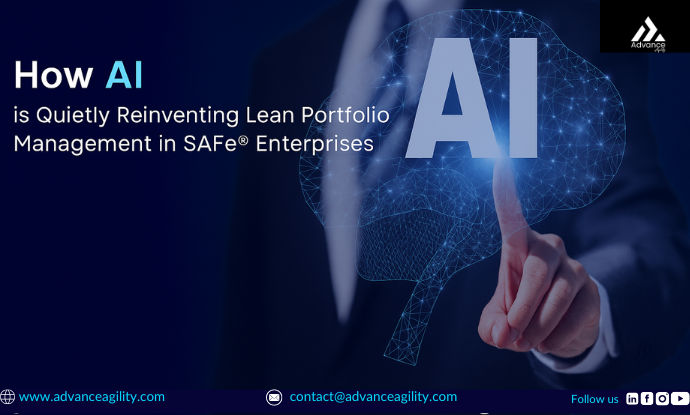 Table of Contents
Table of Contents
Key Benefits and Career Growth Insights
As Agile adoption accelerates across industries in 2025, many professionals are asking: Is SAFe certification still worth it?
Let’s unpack the SAFe certification benefits, its ROI, and how it compares with other Agile credentials to help you decide.
Why Get SAFe Certified?
The Scaled Agile Framework (SAFe) remains one of the most widely adopted Agile frameworks globally. It helps organizations align multiple Agile teams to deliver value at scale — something traditional Scrum often struggles with.
Key reasons to get SAFe certified:
- Enterprise relevance: SAFe equips you to coordinate Agile Release Trains (ARTs) and value streams across departments.
- Career advantage: Certified professionals stand out for their ability to connect strategy with execution.
- Global recognition: SAFe certifications are respected across IT, BFSI, telecom, and manufacturing sectors.
SAFe Certification Benefits
1. Master business agility: Gain hands-on knowledge of Lean-Agile principles, portfolio management, and continuous delivery.
2. Unlock leadership roles: Roles like RTE, Agile Coach, and SPC often require SAFe expertise.
3. Improve collaboration: Learn to drive synchronization across teams and large-scale programs.
4. Join a global network: Access the Scaled Agile community, updates, and learning resources.
SAFe Certification ROI: What’s the Real Value?
The SAFe certification ROI is clear in both career and organizational impact.
- Salary boost: SAFe-certified professionals earn up to 25% more than non-certified peers.
- Career mobility: Opens doors to roles like Release Train Engineer, Agile Coach, and Product Manager.
- Strategic exposure: You’ll be trusted with enterprise transformation initiatives — not just project delivery.
Beyond financial ROI, SAFe certification enhances credibility, leadership skills, and cross-functional understanding — critical in today’s Agile enterprises.
SAFe Career Opportunities in 2025
Demand for SAFe professionals continues to rise as enterprises scale Agile beyond IT.
Top SAFe career opportunities include:
- SAFe Program Consultant (SPC) – Driving transformation at scale
- Release Train Engineer (RTE) – Leading ARTs and facilitating PI Planning
- Agile Coach or Scrum Master – Scaling practices across teams
- Lean Portfolio Manager – Aligning budgets and strategy with value streams
Companies value SAFe professionals who can blend agility with strategic delivery — a rare and valuable skill set.
SAFe vs Scrum Certification: Which One Should You Choose?
When comparing SAFe vs Scrum certification, consider your career goals:
| Focus | Scrum | SAFe |
| Scope | Team-level agility | Enterprise-level agility |
| Ideal For | Developers, Team Coaches | Managers, Leaders, Coaches |
| Career Growth | Moderate | High (especially in large enterprises) |
| Complexity | Simple | Broader, strategic |
If you’re aiming for leadership or transformation roles, SAFe certification offers higher long-term value.
Best Agile Certification for Career Growth in 2025
In 2025, organizations want professionals who understand both team-level and enterprise-scale agility.
While Scrum certifications are great for beginners, SAFe remains the best Agile certification for career growth due to:
- Structured career pathways
- Proven framework for scaling Agile
Pairing SAFe with Scrum or Product Owner certifications can further boost your versatility.
Scaled Agile Certification Value: Final Thoughts
The Scaled Agile certification value continues to grow as enterprises focus on digital transformation, Lean budgeting, and cross-functional agility.
If you’re looking to:
- Lead large-scale Agile initiatives
- Strengthen leadership credentials
- Align strategy with execution
Then SAFe certification is absolutely worth it in 2025 — a smart investment for professionals ready to scale their Agile careers.
 Table of Contents
Table of Contents






